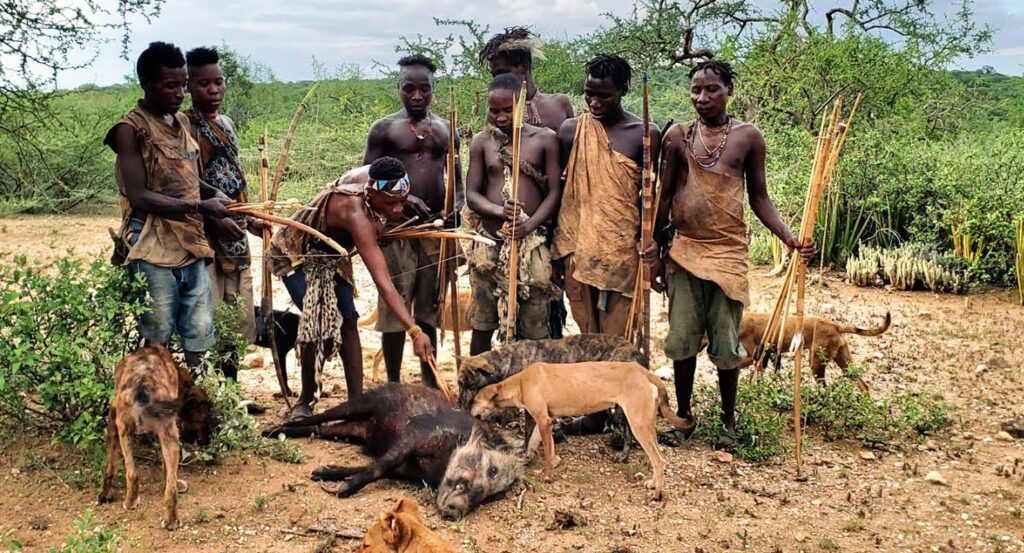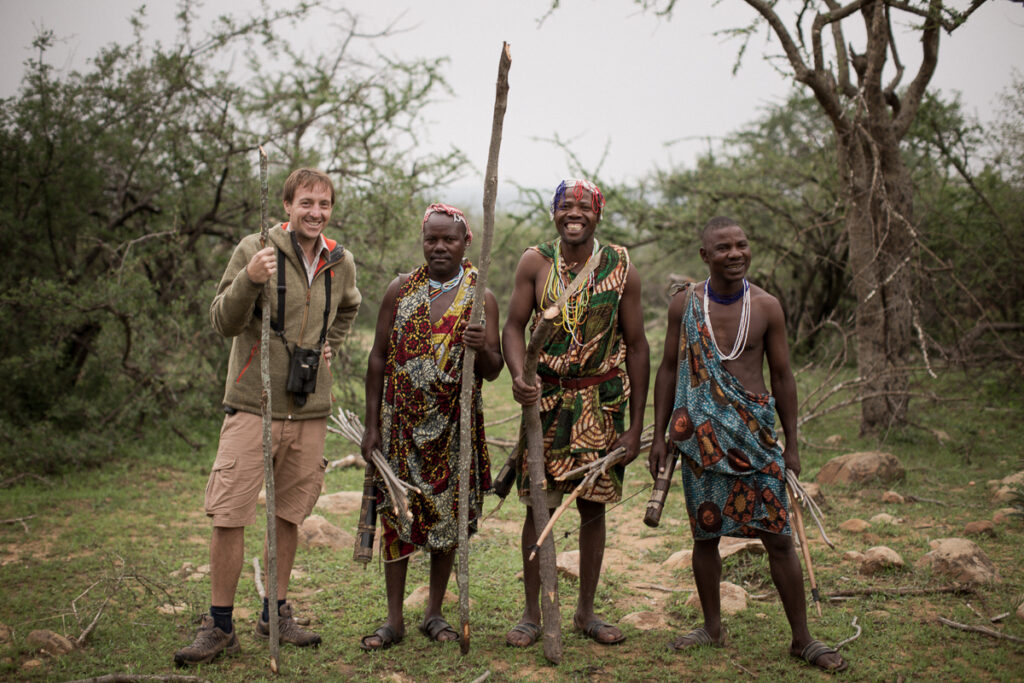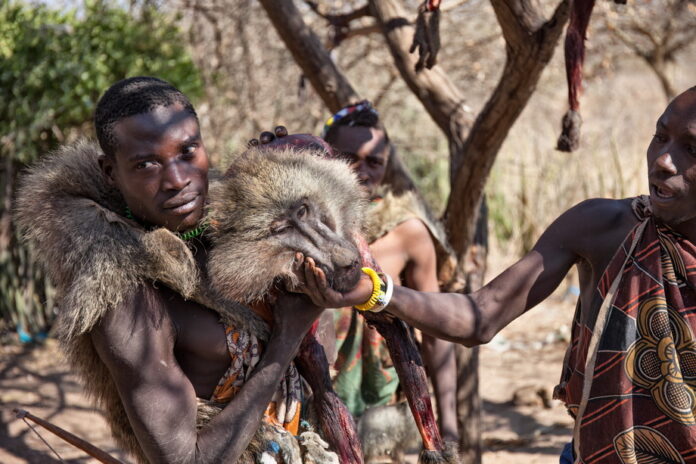The Hadza people are one of the last remaining hunter-gatherer societies in the world, living in the central part of Tanzania, primarily around Lake Eyasi in the Rift Valley. They have a fascinating history that dates back tens of thousands of years. Here’s a general overview of their history and cultural significance:
1. Origins and Ancient Roots
The Hadza people are often considered one of the oldest continuous cultures on Earth. Genetic studies suggest that their ancestors have lived in East Africa for more than 20,000 years, possibly even much longer. As a result, they are often cited as direct descendants of early humans in the region. Their way of life—focused on hunting, gathering, and foraging—has remained largely unchanged for millennia.
The Hadza’s way of life links them closely to the ancient human history of Africa, especially since East Africa is considered the cradle of humankind.
2. Language
The Hadza language is a unique language isolate, meaning it is not related to any other known language family. Linguists consider it one of the oldest languages in the world, with a distinctive set of sounds, including clicking noises. This language is an important cultural marker, linking them to their ancient past.
3. Traditional Lifestyle
The Hadza are known for their egalitarian social structure. Traditionally, they have lived in small groups of 20-30 people, and their society is characterized by a lack of rigid hierarchies. Leadership within Hadza groups is not hereditary or formal; decisions are made through consensus and by respected elders or skilled hunters.

Their subsistence is based on hunting wild game (such as antelope, baboons, and birds) and gathering plant foods (such as tubers, berries, and honey). They are highly skilled trackers, using detailed knowledge of their environment to find food. This way of life has been remarkably stable for millennia, although their territory has shrunk significantly due to external pressures.
4. Encounters with Outsiders
The Hadza were largely isolated from outside influences for much of their history. However, during the 19th and 20th centuries, they came into contact with various colonial and missionary groups. German colonial authorities in East Africa were particularly active in the region, which began to disrupt the Hadza’s traditional way of life.
European settlers and the Tanzanian government have implemented land policies that have displaced the Hadza from their traditional hunting grounds, forcing them to adapt to new economic realities, including the introduction of agriculture. The Hadza continue to face pressure from encroaching farmers and ranchers, which threatens their land and way of life.
5. Modern Challenges
Today, the Hadza face significant challenges to their traditional way of life. They have lost much of their ancestral land to agriculture, wildlife conservation efforts, and government projects. Despite these pressures, they have managed to maintain their hunter-gatherer lifestyle to a significant extent, though many now rely on occasional wages or other forms of assistance.

In recent decades, there have been various efforts by both the Tanzanian government and non-governmental organizations to “modernize” the Hadza, sometimes with mixed results. Some Hadza groups have embraced these changes, while others continue to resist and prefer to maintain their traditional practices.
There is also growing interest in the Hadza from anthropologists, scientists, and ecologists due to their deep knowledge of the local ecosystem and their relatively unaltered genetic lineage, offering insights into human evolution and health.
6. Cultural Preservation
Despite the external pressures, there are ongoing efforts to preserve and protect the Hadza’s way of life. They continue to practice traditional hunting and gathering, and in recent years, there has been increased recognition of the need to protect their land and rights. Various NGOs have been advocating for their rights, and there have been some victories in protecting their ancestral land from encroachment.
Moreover, the Hadza’s resilience and traditional ecological knowledge have made them an important symbol of the last remaining hunter-gatherer societies on Earth.
7. Current Day
Today, the Hadza are estimated to number around 1,000 to 1,500 individuals. Their lifestyle remains closely tied to the land and the cycles of nature. While many Hadza have adapted to contemporary life in various ways, the community as a whole remains one of the few to still practice a full hunter-gatherer existence.
Their culture, language, and way of life are increasingly studied by anthropologists, not just as a window into the past, but also as a model for understanding human adaptability, social structure, and survival.
The Hadza people are emblematic of a rapidly vanishing way of life and offer insights into the human journey over the millennia. Their ongoing struggle to preserve their traditions and land in the modern world highlights the intersection of ancient cultures with the pressures of modernity.



